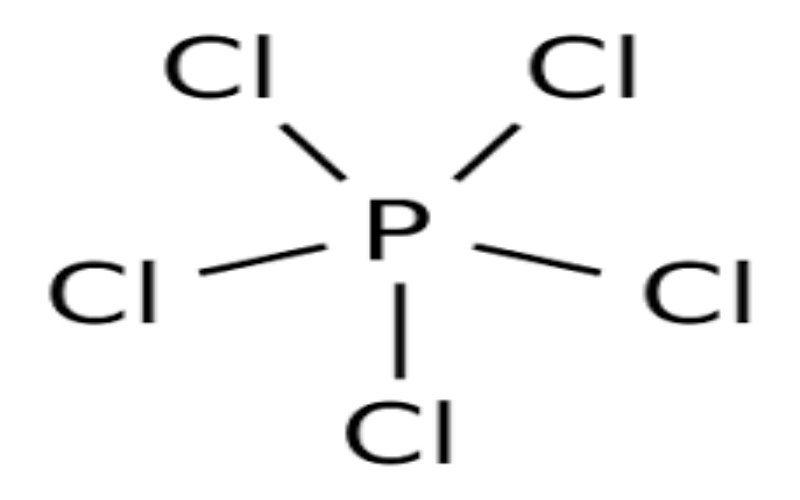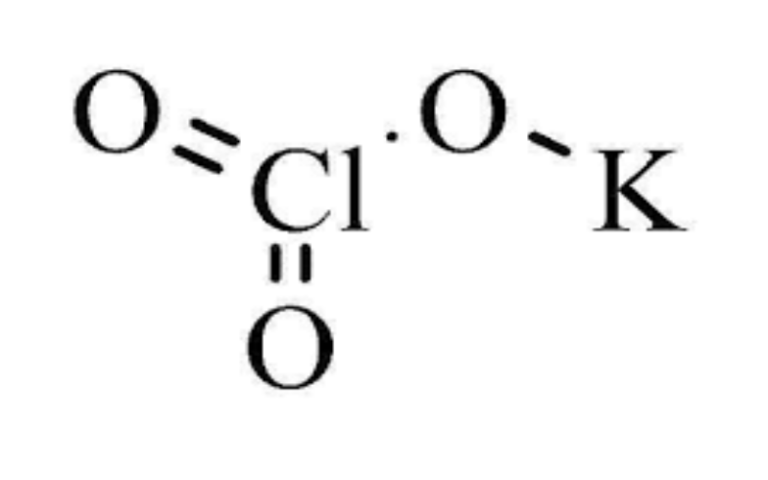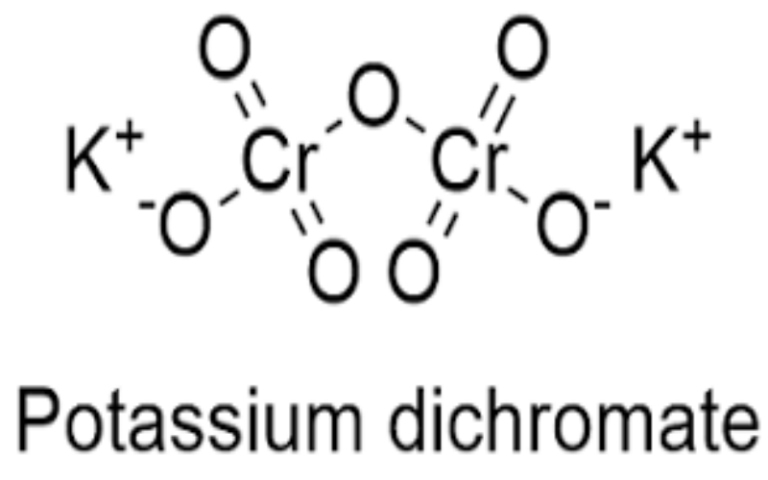Physical Properties
- Appearance: Colorless to pale yellow fuming liquid with a pungent odor.
- Melting Point: -112°C.
- Boiling Point: 75.5°C.
- Density: 1.574 g/mL at 25°C.
- Solubility: Soluble in benzene, carbon disulfide, ether, chloroform, and other halogenated organic solvents.
- Refractive Index: n20/D 1.5148.
Chemical Properties
- Stability: Stable but decomposes in moist air to form phosphoric acid and hydrochloric acid.
- Reactivity:
- Reacts violently with water, producing heat and toxic fumes.
- Reacts with alcohols, amines, and other organic compounds.
- Forms phosphorus pentachloride (PCl₅) when exposed to excess chlorine.
Uses
- Organic Synthesis: Used as a chlorinating agent for alcohols, amines, and carboxylic acids.
- Pesticides: Key raw material for manufacturing organophosphorus pesticides like malathion and parathion.
- Pharmaceuticals: Used in the synthesis of drugs like sulfadiazine.
- Dyes and Textiles: Used as a reagent in dye synthesis and textile finishing.
- Other Applications: Used in the production of flame retardants, gasoline additives, and as a catalyst.
Safety Information
- Toxicity: Highly toxic; inhalation, ingestion, and skin contact can cause severe health effects.
- Health Hazards: Causes severe irritation to skin, eyes, and mucous membranes.
- First Aid:
- Skin Contact: Rinse with plenty of water.
- Eye Contact: Rinse with water for at least 15 minutes.
- Ingestion: Drink water and seek medical attention.
- Storage: Store in a cool, dry place, away from moisture and strong oxidizers.
Environmental Information
- Ecotoxicity: Very toxic to aquatic life.
- Decomposition Products: Phosphoric acid, hydrochloric acid.
Transport Information
- UN Number: 1809.
- Hazard Class: 8 (Corrosive substances).
Our company specializes in hazardous chemicals, flammable and explosive chemicals, toxic chemicals (legal export), ultra-pure and high-purity reagents. Welcome to contact us.
Packing and shipping









